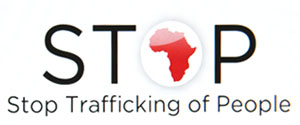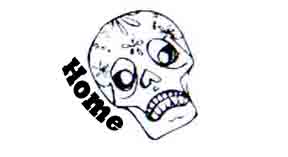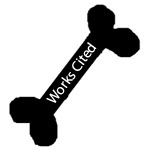David Batstone, an ethics professor who started the "Not For Sale" campaign, wrote that "the slave trade is driven by the dynamics of supply and demand," just as in all commercial markets, and because of present world conditions, there "exists a glut of potential recruits and a negligible threat of prosecution" (Batstone 10). This means that the slave trade continues to grow rapidly while still earning high profits. To better understand what human trafficking is, I will use the United Nations' definition that human trafficking is "the recruitment, transportation, transfer, harbouring, or receipt of persons...for the purpose of exploitation," as quoted by Katherine Morrow in an article on the link between human trafficking and soccer (Morrow 244-245).
In the summer of 2010, South Africa will host the World Cup, a soccer "mega-event" that is expected to draw massive amounts of tourist to the country, and correspondingly, an influx of prostitutes to fulfill the increased demand for sex (Bird & Donaldson 33). In an effort the limit and regulate the sex trade, groups in Cape Town, South Africa argue that prostitution should be made legal, taking the "opportunity (the 2010 event) to integrate the 'seedier' side of the urban economy and tourism spatially and economically into the broader urban management and planning structures of the city" (Bird & Donaldson 45). Not everyone is convinced of this, however, and the South African Law Reform Commission notes a "recognized relation between prostitution and human trafficking and the need to address their relationship in further research and in any legislation regarding legalizing prostitution" (Morrow 265).
|
Within this context, an organization called Stop Trafficking of People (STOP) started the 2010
Human Traffic Campaign to raise awareness and give people practical ways of fighting modern day
slavery (Stop Trafficking of People). STOP plans "to leverage the opportunities presented by the
2010 World Cup in South Africa to reach those goals" (Stop Trafficking of People). The World Cup
is a global event that provides a stage for people all across the world to be made aware of the
realities of human trafficking. The campaign is promulgated through an interactive website with
videos, links to information, and specific ways that different people can get involved with the
campaign.
|

|
In the following web pages, I will analyze the 2010 Human Traffic Campaign website based on different methodologies of visual communications. Using semiotics to explore how images on the site create meaning, psychoanalysis of the videos to understand how the subject is viewed, and a discourse analysis of various aspects of the website, we can see how STOP formulates the roles of gender, class, and age in the context of human trafficking.

